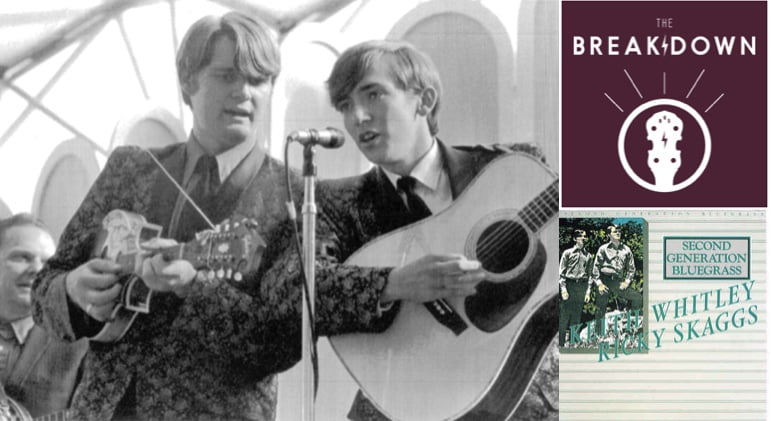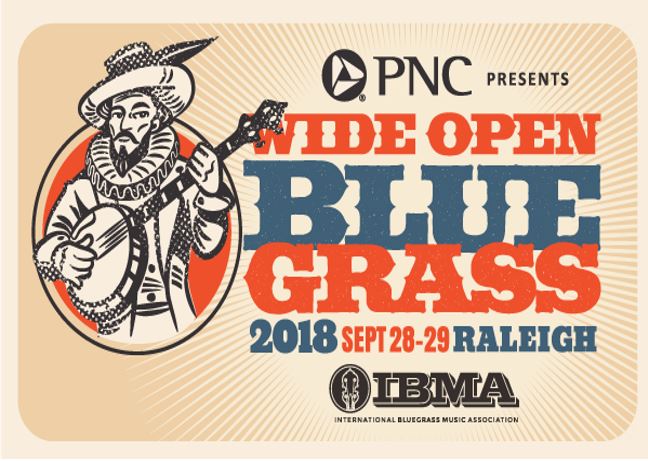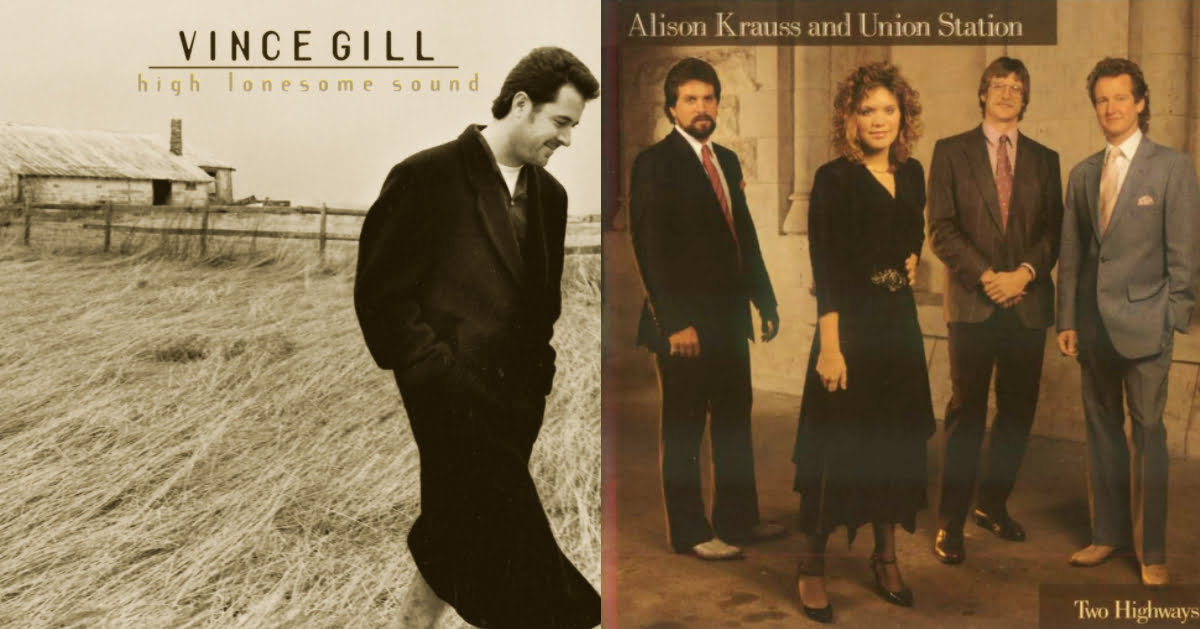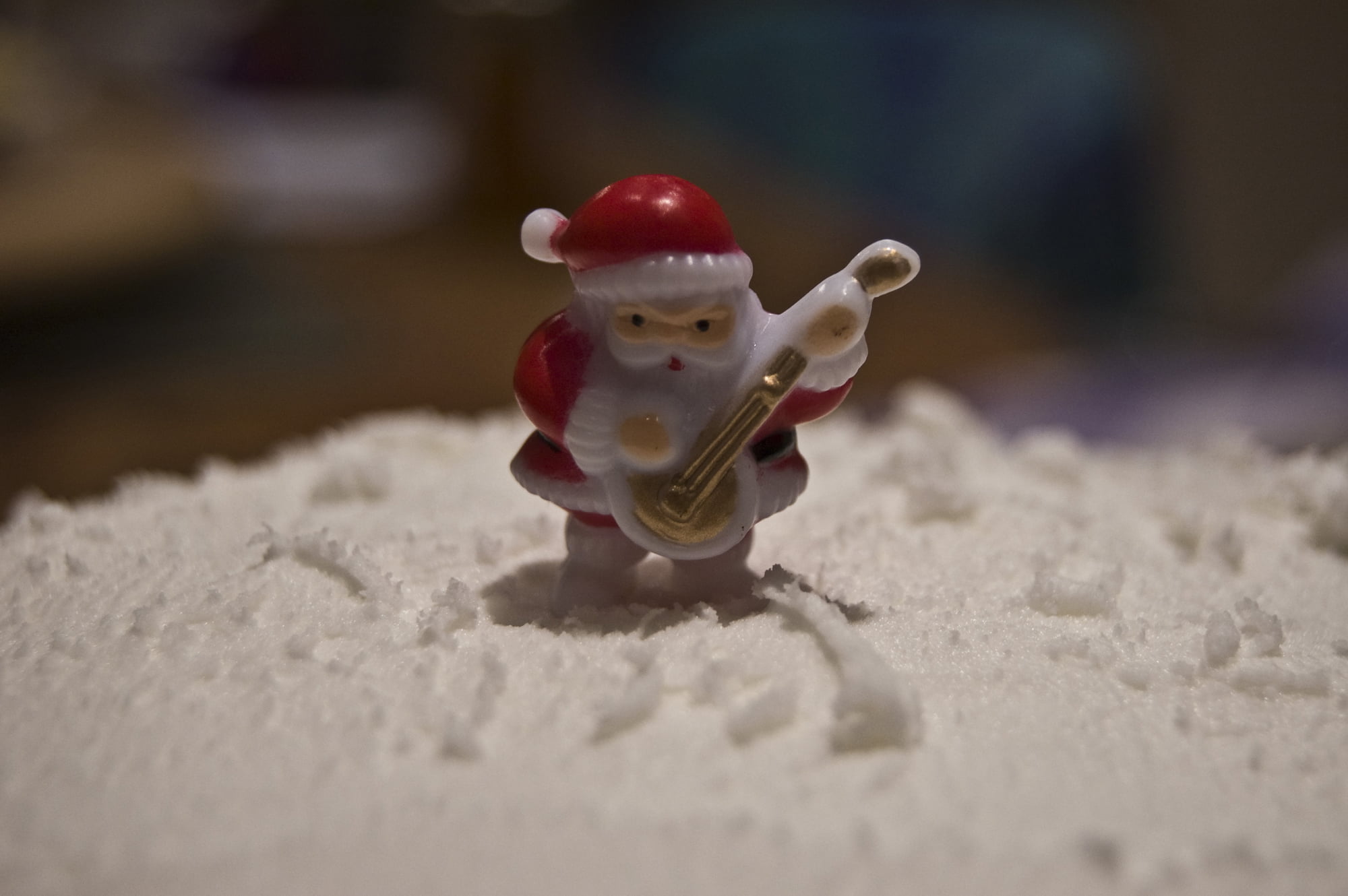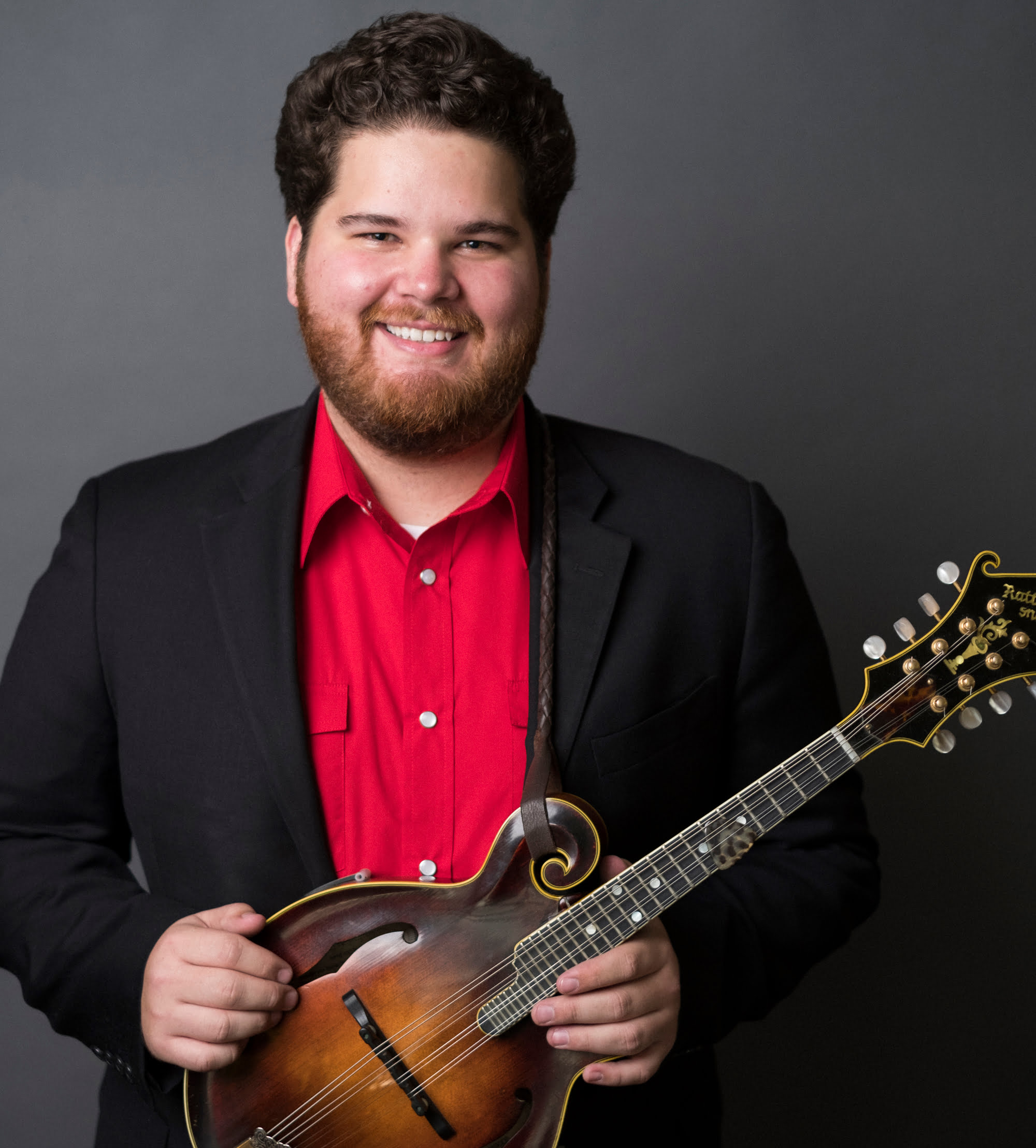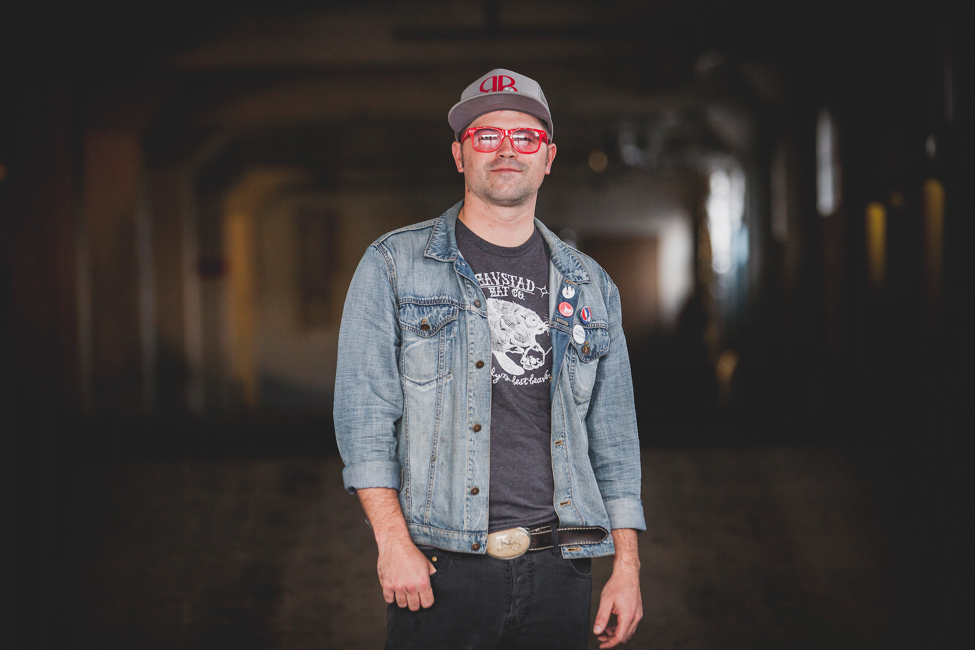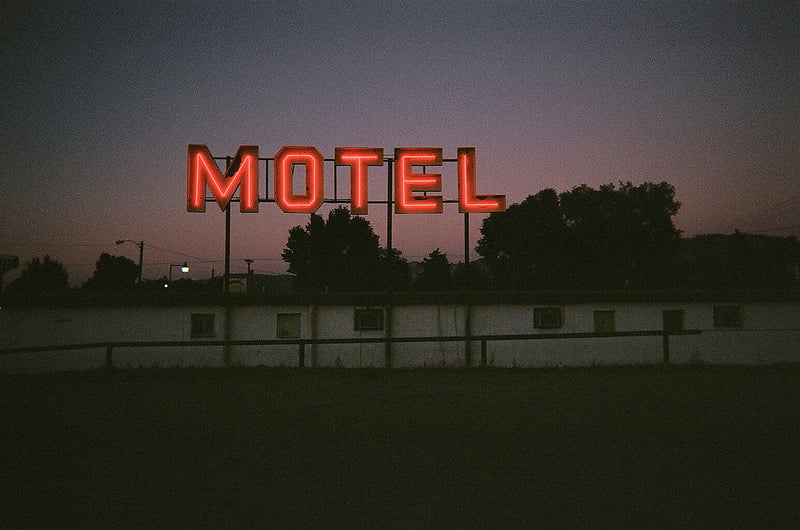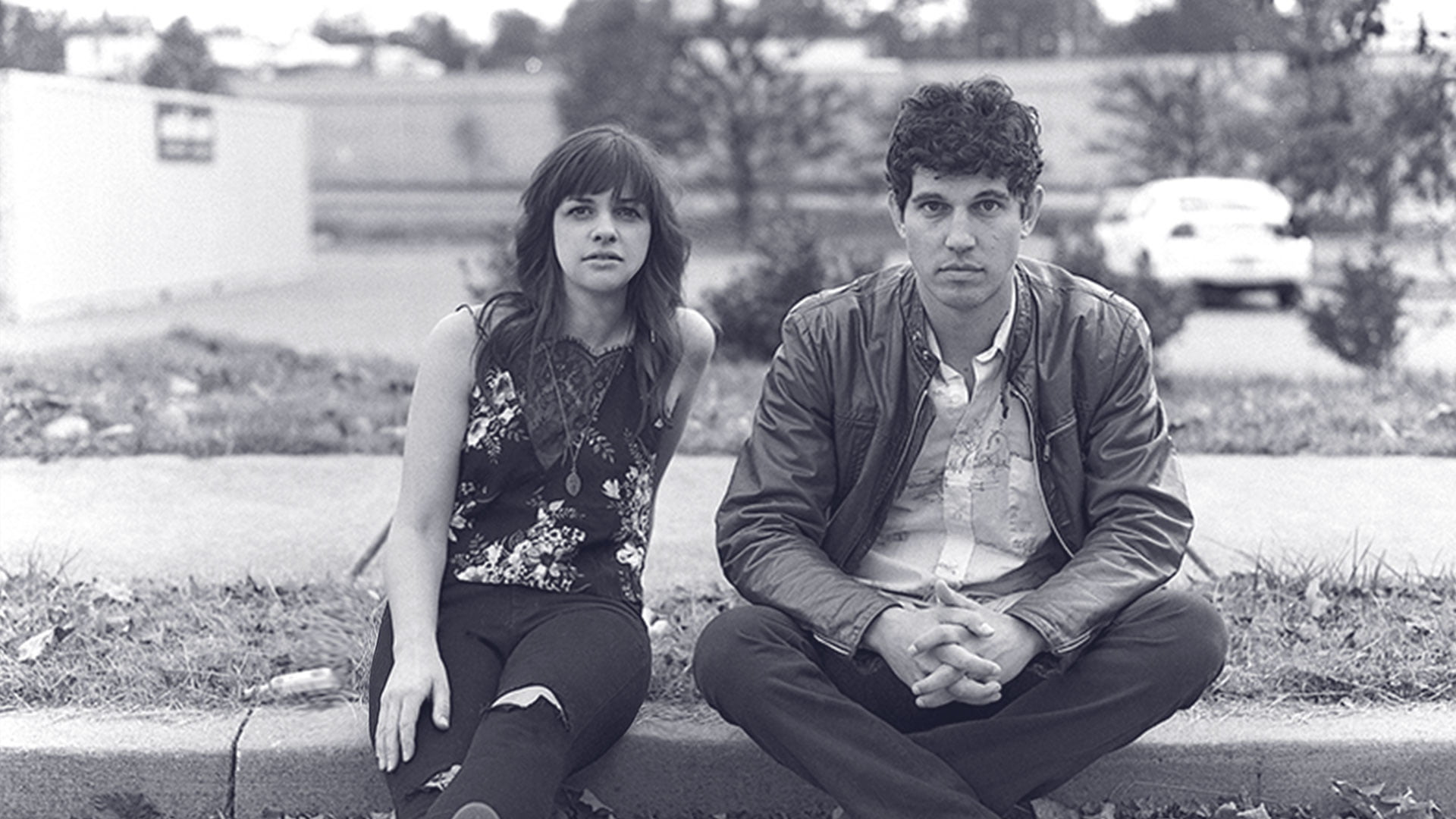With his latest release being Mandolin Duets, Vol. 1, who better than Casey Campbell to put together a Mixtape of mandolin masters for us? No one. That’s who. He has studied them all — and played with many — so take his carefully selected collection to heart (and ear).
Bill Monroe & Doc Watson — “Watson’s Blues”
Where else to begin but with the Father of Bluegrass, Bill Monroe. There are hundreds of recordings to choose from, but I’ve always been a big fan of this duo album of Bill and Doc Watson entitled Live Recordings 1963-1980: Off the Record Volume 2. It features some great duet singing from Bill and Doc, as well as a bevy of short, sweet, and to-the-point instrumentals. I am partial to “Watson’s Blues” not only because this particular recording features the writer (Bill) and the inspiration for the tune (Doc), but also because it is a bluesy little number (and I like my bluegrass to be bluesy).
Ronnie McCoury — “McCoury Blues”
Ahhh … it was the mid-2000s. MySpace was all the rage, and we had yet to discover fidget spinners, stick basses, and Netflix. You know, the good ol’ days. I came across “McCoury Blues” while scouring through Rhapsody (the Spotify before Spotify existed), and, in my opinion, it is a 21st-century take on “Watson’s Blues” with Ronnie’s smooth tremolo and Del McCoury’s powerhouse guitar runs. More importantly, this song led me to the Bluegrass Mandolin Extravaganza album. This project, spearheaded by Ronnie and David Grisman, is a mandolin goldmine including Ronnie, David, Sam Bush, Ricky Skaggs, Buck White, Frank Wakefield, Bobby Osborne, Jesse McReynolds, and Del McCoury on rhythm guitar. Of course, growing up in the bluegrass world, I had heard all of these players before, but this album was my introduction to the concept of musical style and the intricate differences between musicians. Throughout my mandolin obsession, I have continually returned to this album to draw inspiration (read: steal licks). If there is one album I would recommend to any mandolin fan, it would be Bluegrass Mandolin Extravaganza.
Mike Compton & David Long — “Tanyards”
If you haven’t picked up on the pattern yet, I’m a big fan of duet recordings. A large part of that came from this album by mandolin masters Mike Compton and David Long. My mother picked me up from middle school in her silver PT Cruiser — yes, we were that cool — with a copy of this album in the passenger seat. We listened to it on the way home, then I listened to it again, and again, and again. Mike and David have such fluid playing styles, and you would be hard-pressed to find other players that could replicate the chemistry on this album. This track does a great job of showcasing each player and also letting the two intertwine as they swap licks. It is one of my favorite albums of all time.
Ricky Skaggs & Kentucky Thunder — “Crossing the Briney”
Adding a little Irish flair to the list, here is a song that starts out bare and ends with a full-on orchestra with all of the bells and whistles (literally). This song is featured on Ricky Skaggs’s Instrumentals albums and, in my opinion, is the standout hit. I mean, where else can you hear instrumentation like this, AND a kickass Andy Leftwich fiddle solo in the middle? This song also opened my mind to how to take what is essentially a pretty standard Irish fiddle tune and raise it to a new level. Admittedly, Ricky doesn’t really get to stretch out on this tune, so it’s not the best representation of his great mandolin playing. But don’t worry: He is one of the best players mixing modern and traditional styles together, and there are plenty of great examples on this album.
The Whites (Buck White) — “Old Man Baker”
Buck White is a national treasure. Not only is he one of the sweetest humans I’ve ever had the honor of spending time with, but he is also one of the swingin’-est mandolin players you will come across. Whether he is kicking up his heels as a special guest with the Grand Ole Opry Square Dancers or playing mandolin on one of his many iconic albums with the Whites, there is no doubt he has a huge smile on his face and joy in his heart. This tune, written for fiddler Kenny Baker, is one that I often play when I am warming up on the mandolin. It’s a tough tune, for sure, with plenty of pinky work and string-jumping, but it is undoubtedly the most fun song on this list to play. Buck’s playing is just like his personality: bouncy, memorable, and always tasteful. If you are at all interested in hearing some Texas Swing mandolin playing, check out more of his catalog.
Strength in Numbers (Sam Bush) — “Texas Red”
Picking one song from the Strength in Numbers album is like picking a favorite child. People in the music business like to throw around the word “supergroup” for every other band, in hopes that it will create some kind of buzz or increase sales. Strength is one of the few occasions where the term accurately applies: Sam Bush, Béla Fleck, Jerry Douglas, Mark O’Connor, and Edgar Meyer. Between the late ’70s and mid-’80s, each of these trail-blazing musicians had helped to established a new frontier of acoustic music. Here they are, together in their prime, with one of acoustic music’s most influential instrumental albums of all time. PS: This album is Sam Bush Rhythm 101. Class dismissed.
David Grisman & Doc Watson — “Kentucky Waltz”
When I am teaching lessons or at a camp, it is without a doubt that I’ll get asked about mandolin tremolo. What is it? How do I do it? How do I make it better? All of these questions (and more) can be answered with Doc & Dawg’s version of the “Kentucky Waltz.” It is one of the most beautiful, simplest recordings of a mandolin and guitar I have come across. For the uninitiated, David Grisman is an icon in the mandolin and acoustic music worlds, heavily influencing today’s top mandolin players like Sam Bush, Ronnie McCoury, and Ricky Skaggs. With dozens of must-have albums spanning throughout his 50-year career, David led the way to the frontier of “new acoustic music” during the ’70s and ’80s. Even today, at 72, he is still going strong. touring with the David Grisman Bluegrass Experience, the David Grisman Sextet, and as a duo with Del McCoury. Despite all of his ground-breaking compositions and albums, when it comes to keeping it simple and making the most of a melody, David is still the king.
Radim Zenkl — “Memory of Jaroslav Jezek”
I couldn’t consider this list finished without introducing you to something a little outside the box. For his Galactic Mandolin album, Czech Republic mandolinist Radim Zenkl (pronounced Ra-deem Zeen-kl) experimented with different mandolin tunings for each song. Because a mandolin has four sets of strings (eight total), it is normally tuned GG-DD-AA-EE. This particular tune has the mandolin tuned in minor thirds. When I first heard this tune, I felt like it was a crazy of mixture of big band jazz and harp music, or something I might’ve heard on the original Nintendo version of The Legend of Zelda. I’m kind of mesmerized by its weirdness.
Andy Statman — “Pale Ale Hop”
While we are spending some time outside the box, now would be a good time to introduce you to Andy Statman. If there is a musical genre out there, Andy has covered it: bluegrass, jazz, Irish, klezmer, rock ‘n’ roll, etc. “Pale Ale Hop” showcases his rockin’ mandolin playing, transforming into something you might hear at a surf-rock dance party in the ’50s. My favorite thing about Andy is that, for all of his experimental compositions, he is a true student of all music and can play the most traditional bluegrass style you could imagine, then turn around and play a John Coltrane solo. If you’re interested in more of Andy’s left-of-center music, check out his earlier LPs, like Flatbush Waltz or Nashville Morning, New York Nights.
Jethro Burns & Tiny Moore — “Flickin’ My Pick”
Here is a classic album with two of the best jazz and swing mandolin players of the past century. Jethro Burns is known primarily as one half of Homer & Jethro, one of the great country comedy duos of the 1930s-60s. Despite all of his joking around, Jethro was a serious musician, playing anything from classical to bluegrass. On this particular song, he is playing the acoustic mandolin and taking the second solo. The other player you’ll hear is Tiny Moore, a pioneer of the electric mandolin. Tiny played with Bob Wills & His Texas Playboys and Merle Haggard’s band, the Strangers. Together, these two legends recorded Back to Back, which would become one of the definitive albums for jazz mandolin enthusiasts.
Norman Blake — “Valley Head”
Getting back to the roots of old-timey mandolin music, here is a tune written and played by Norman Blake. Although he is known mostly as one of the great bluegrass guitarists, both Norman and his wife Nancy are great mandolin players and have recorded quite a bit of mandolin music over the years. Similar to the “Kentucky Waltz” earlier on this list, the thing I love about Norman’s playing and this track, in particular, is the simplicity. Sure, this tune might have a lot of notes, but Norman sticks to the melody the entire way through, letting the song speak for itself. For those interested in more of Norman and Nancy’s mandolin playing, check out Natasha’s Waltz, an album that features a slew of great mandolin tunes.
Chris Thile — “Watch ‘At Breakdown”
Sometimes you’ve got to give the kids what they want … and they want Chris Thile. Between his work with Nickel Creek, Mike Marshall, the Punch Brothers, Michael Daves, the Goat Rodeo Sessions, Edgar Meyer, Jon Brion, Béla Fleck, and Brad Mehldau, among others, Chris has traversed just about every inch of the musical landscape. As if that weren’t enough, he is now the host of A Prairie Home Companion, collaborating with a new lineup of musical guests every week, including Jack White, Jason Isbell, Lake Street Dive, and more. With such a long and diverse resumé, he has become one of the most popular and influential mandolin players in the realm of Bill Monroe, David Grisman, and Sam Bush. “Watch ‘At Breakdown” is the starting track on Chris’s How to Grow a Band album, and shows off his bluegrass chops, while hinting that there are no bounds to his abilities.
